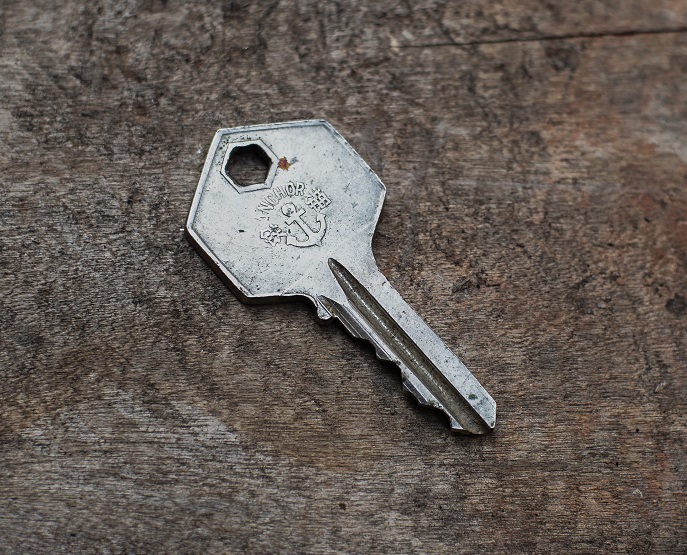How often do you think about your locks? I mean, really think about them? Not just ‘have I locked the door?’, but ‘are my locks operational?’ or ‘Is it supposed to do that?’. Most people don’t really give any thought to their locks at all, but since they are such a crucial part of your home security, you probably should! Especially if you’re starting to experience problems with your locks.
Luckily, a few simple checks can help you figure out if the problem is down to the original installation of the lock, or just from wear and tear over time. It might seem a little silly, but these short inspections could save you a lot of money in the long run, as they tend to catch problems before they turn into expensive problems and are much quicker and cheaper to fix.
Instant Installation Problems
If you’ve just had a new door/window fitted, or you’ve replaced the locks, then this is when you should first inspect the lock. Many glaziers aren’t experts in installing locks, and even some inexperienced locksmiths will get it wrong. So when your locks are freshly installed, look for these 2 warning signs:
Bolt not fully extending: When you lock your door, a bolt should extend out of the door and into the frame, going into the mortise (that’s the bit in the door frame the lock goes into) beneath the strike plate. The mortise should be a minimum of 1 inch deep to allow the bolt to fully extend and catch, creating a secure fastening and locking the door correctly. If your door bolt isn’t extending an inch or more, then the lock won’t be secure. Test this by keeping your door open and using a tape measure to measure the depth of the mortise in the door frame. If it’s under an inch, the best thing to do is call a locksmith to deepen the mortise.
Misaligned frames: This one is a bit of cause and effect. If your lock wasn’t installed properly then it can cause your door to move out of alignment over time, or the door being misaligned can stop the lock functioning properly to begin with. When there’s a misalignment, the bolt lock and strike plate can’t meet properly, which leads to your lock becoming stiff and hard to open, or you might not be able to open it at all. Most of the time people contact me when they realise they have to lift their doors to get keys to turn and lock properly, as this is the most common symptom. If you think your lock might be misaligned, a locksmith can help you confirm this and adjust your door so that the lock is realigned and fully functional again.
Longer-Term Issues
Of course, not every problem is obvious right at installation. Sometimes the mistake might be so small that it goes unnoticed for a long time. That doesn’t mean it won’t become a problem in the future – and in fact, it’s these little mistakes during installation that cause some of the main things people call me out for. Mainly, mistakes in lock installation can cause:
Worn Keys: If you’re struggling to use your locks correctly, the first place you need to look at is the key. Given that they are put in and out of locks daily, not to mention all of the banging around they do in pockets and handbags, the ridges on most keys will wear down a little bit over time. However, the key word there is little. If they look fairly well worn or even have parts that look a bit weak, odds are there’s a problem with your lock. If the ridges get worn down enough they can actually get too small to activate the locking mechanism within the lock, making it effectively useless. If you get to this stage, you need to call a locksmith. We’ll be able to look at the key and the lock and either cut a new key using the old key and lock as a guide, or install a brand new lock for you, complete with shiny new keys.
Sticking Issues: Sticking or stiffness is another very common issues with misfitted locks, and over time it means the lock will stick in place and be incredibly stiff to unlock. If you find this is a mild annoyance you can actually apply a temporary fix yourself. Simply spray an appropriate lubricant (like WD40) into the keyhole and onto the locking mechanism on the side of the door. Then lock and unlock the door several times (I recommend not closing the door to do this!) so that the lubricant can spread through the mechanism. This should solve the stiffness or sticking for a little while, and give you some time to get the lock inspected in case there are further issues. If you do decide to go this route, make sure you’re NOT using any kind of viscous oil on your locks – unless you want your locks to fail completely.
If you recognise any of these issues in your doors or windows but aren’t sure if the locks are the problem, then you probably need to have them checked. At My Locks we’re always happy to come out and inspect your locks, tell you if they were installed correctly and perform any repairs needed, usually at the time we come out. If you’d like us to take a look at your locks, just click here to book a call-out.


